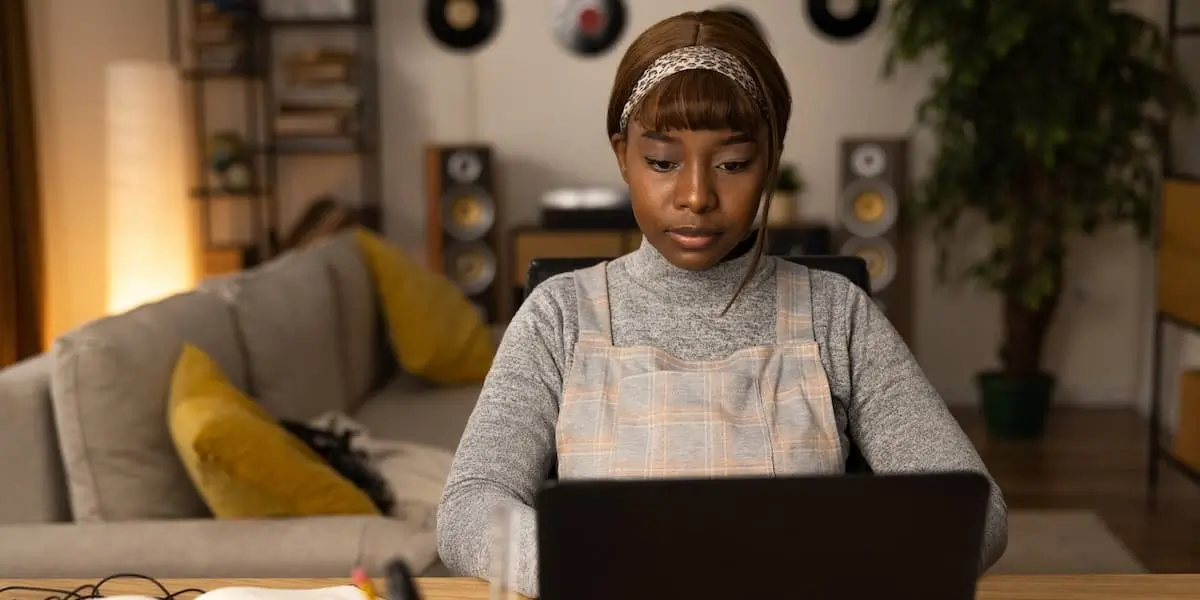Product Design
What is product design?
In today’s consumer-driven world, the expectation for well-designed products has never been higher. Brands understand that exceptional product design is not just a luxury—it’s a necessity. It’s what sets them apart in a crowded market and earns long-term customer loyalty.
Product design is the creation of items, ensuring they are functional, user-friendly, and aesthetically appealing. It’s the process of transforming an idea into a real, usable product that caters to a specific need or solves a particular problem.
Product design merges several disciplines, from industrial design, engineering, UX and UI design, to material science. In the product design process, every curve, texture, and feature of a product, whether it’s a household appliance or a gaming app, is thoughtfully crafted to optimize user interaction and satisfaction.
The ergonomic feel of a kitchen tool, the intuitive layout of a car’s onboard computer, or the durability of a smartphone case—all are results of meticulous product design. It’s the art and science of creating products that not only look good, but also function seamlessly in our daily lives.
Are UX and UI the same as product design?
When diving into the world of design, it’s easy to get caught up in the various terminologies and roles that inhabit it. While UX, UI, and product design often overlap, they have distinct priorities and objectives.
Consider the questions each designer might ponder. A UI designer might ask, “How can I make this interface visually engaging?” A UX designer might wonder, “Does this design provide an intuitive user journey?” But a product designer would ask, “Is this design both functional and aligned with the brand’s vision?”
From these questions, it’s evident that while UI focuses on visual appeal and UX emphasizes user interaction, product design takes a holistic approach. It encompasses not only the user’s experience but also the product’s viability, brand consistency, and overall market fit.
In essence, while a UX designer zeroes in on the user’s feelings and a UI designer concentrates on the interface’s look and feel, a product designer looks at the bigger picture. They consider how the product fits into the broader ecosystem, its feasibility, and its alignment with business goals. So, while all three roles are integral to the creation process, their lenses and priorities differ.
What do product designers do?
Among the various design roles, product designers are distinct.
Major companies, such as Google and Tesla, are gravitating towards the “product designer” job title over UX/UI designers. This shift isn’t merely about terminology, but emphasizes the expansive nature of their responsibilities.
Here’s a breakdown of a product designer’s typical duties:
- Transform initial concepts into functional, practical products. This goes beyond aesthetics—it’s about ensuring utility and ease of use.
- Actively contribute to every step of the design process, from ideation to the final phase before a product’s release.
- Work closely with teams from engineering, research, and marketing to ensure the product’s success.
- Contribute to significant company decisions, aligning product designs with overarching company objectives.
- Offer insights and expertise when teams seek guidance on design choices and user experience.
While this outlines the role in established corporations, in smaller entities or startups, product designers might have a broader array of responsibilities, including market research, branding, or, occasionally, frontend development tasks. Essentially, they’re integral to the holistic design and development process.
Which skills and tools do product designers work with?
Diving into the world of product design is not just about molding a concept into a tangible product. The role demands a blend of both talent and technical expertise.
Here’s a glimpse into the essential skills and tools that make a product designer truly stand out:
Technical know-how: Product designers should be adept at using design software and tools. Familiarity with platforms like Adobe Creative Suite, Sketch, Figma, and InVision is often a must. Depending on the product’s nature, knowledge of 3D modeling software or prototyping tools might also be essential.
Soft skills: A product designer should be inherently curious and observant. Being empathetic is also key, as understanding user needs is at the heart of the design process. Adaptability is another important trait, given the ever-evolving nature of industries and technologies. And yes, a dose of creativity and critical thinking ability never hurts.
Holistic understanding: A product designer should have a grasp of user experience (UX) principles to ensure that products aren’t just visually appealing but also user-centric. Knowledge of materials, production processes, and even a bit of engineering can be beneficial, especially for physical products.
Collaboration: In the journey from an idea to a finished product, designers work closely with various stakeholders. This includes UX/UI designers, engineers, marketers, and sometimes even end-users. So, being a team player and having the ability to take feedback constructively is pivotal.
Specialized skills: Depending on the industry or the nature of products, designers might need to delve deeper into specific areas. For instance, if you’re designing digital products, then understanding coding basics or digital accessibility principles can be an added advantage.
If you’re eyeing a career in product design or looking to refine your skillset, it’s worth diving into industry resources, workshops, and courses. Remember, in the dynamic realm of design, there’s always something new to learn and explore!
How do you become a product designer?
Embarking on a journey to become a product designer? Like many professions, it requires a mix of mastering technical nuances and nurturing interpersonal attributes to make you an integral part of a product development team.
Essential tools for a product designer include platforms such as Adobe Creative Suite, Sketch, Figma and prototyping tools like InVision. But it’s not just about the tools. A deep understanding of design thinking, user-centric design principles, and a grasp of materials and processes (especially for physical products) is vital.
First, assess what you already bring to the table. Any prior exposure to design disciplines? Perhaps you’ve dabbled in graphic design or have some experience in crafting physical products? Such backgrounds can give you a head start.
If you’re venturing into product design with little prior experience, consider diving into a product design bootcamp tailored to equip beginners with the essentials of product design. Need recommendations? Our guide on the best product design bootcamp courses can be your compass.
It’s crucial to highlight that you don’t need a design degree to make your mark in product design. More often than not, employers focus on your portfolio. They seek evidence of your design prowess and your ability to solve real-world problems rather than just academic qualifications.
To jumpstart your journey, immerse yourself in the vast world of product design. Here on the CareerFoundry blog, you’ll find product design articles, insights, and the latest trends. For visual learners, our YouTube channel is brimming with tutorials, while our Instagram offers daily design inspiration.
Here’s how you can further immerse in product design:
- Experiment by designing a product prototype with a free product design short course.
- Explore top-notch product design portfolios for inspiration.
- Enroll in a product design program or bootcamp, preferably one with mentorship and career guidance.
- Attend online webinars and workshops and network with fellow aspiring designers and industry veterans.
What is product design?
In today’s consumer-driven world, the expectation for well-designed products has never been higher. Brands understand that exceptional product design is not just a luxury—it’s a necessity. It’s what sets them apart in a crowded market and earns long-term customer loyalty.
Product design is the creation of items, ensuring they are functional, user-friendly, and aesthetically appealing. It’s the process of transforming an idea into a real, usable product that caters to a specific need or solves a particular problem.
Product design merges several disciplines, from industrial design, engineering, UX and UI design, to material science. In the product design process, every curve, texture, and feature of a product, whether it’s a household appliance or a gaming app, is thoughtfully crafted to optimize user interaction and satisfaction.
The ergonomic feel of a kitchen tool, the intuitive layout of a car’s onboard computer, or the durability of a smartphone case—all are results of meticulous product design. It’s the art and science of creating products that not only look good, but also function seamlessly in our daily lives.
Are UX and UI the same as product design?
When diving into the world of design, it’s easy to get caught up in the various terminologies and roles that inhabit it. While UX, UI, and product design often overlap, they have distinct priorities and objectives.
Consider the questions each designer might ponder. A UI designer might ask, “How can I make this interface visually engaging?” A UX designer might wonder, “Does this design provide an intuitive user journey?” But a product designer would ask, “Is this design both functional and aligned with the brand’s vision?”
From these questions, it’s evident that while UI focuses on visual appeal and UX emphasizes user interaction, product design takes a holistic approach. It encompasses not only the user’s experience but also the product’s viability, brand consistency, and overall market fit.
In essence, while a UX designer zeroes in on the user’s feelings and a UI designer concentrates on the interface’s look and feel, a product designer looks at the bigger picture. They consider how the product fits into the broader ecosystem, its feasibility, and its alignment with business goals. So, while all three roles are integral to the creation process, their lenses and priorities differ.
What do product designers do?
Among the various design roles, product designers are distinct.
Major companies, such as Google and Tesla, are gravitating towards the “product designer” job title over UX/UI designers. This shift isn’t merely about terminology, but emphasizes the expansive nature of their responsibilities.
Here’s a breakdown of a product designer’s typical duties:
- Transform initial concepts into functional, practical products. This goes beyond aesthetics—it’s about ensuring utility and ease of use.
- Actively contribute to every step of the design process, from ideation to the final phase before a product’s release.
- Work closely with teams from engineering, research, and marketing to ensure the product’s success.
- Contribute to significant company decisions, aligning product designs with overarching company objectives.
- Offer insights and expertise when teams seek guidance on design choices and user experience.
While this outlines the role in established corporations, in smaller entities or startups, product designers might have a broader array of responsibilities, including market research, branding, or, occasionally, frontend development tasks. Essentially, they’re integral to the holistic design and development process.
Which skills and tools do product designers work with?
Diving into the world of product design is not just about molding a concept into a tangible product. The role demands a blend of both talent and technical expertise.
Here’s a glimpse into the essential skills and tools that make a product designer truly stand out:
Technical know-how: Product designers should be adept at using design software and tools. Familiarity with platforms like Adobe Creative Suite, Sketch, Figma, and InVision is often a must. Depending on the product’s nature, knowledge of 3D modeling software or prototyping tools might also be essential.
Soft skills: A product designer should be inherently curious and observant. Being empathetic is also key, as understanding user needs is at the heart of the design process. Adaptability is another important trait, given the ever-evolving nature of industries and technologies. And yes, a dose of creativity and critical thinking ability never hurts.
Holistic understanding: A product designer should have a grasp of user experience (UX) principles to ensure that products aren’t just visually appealing but also user-centric. Knowledge of materials, production processes, and even a bit of engineering can be beneficial, especially for physical products.
Collaboration: In the journey from an idea to a finished product, designers work closely with various stakeholders. This includes UX/UI designers, engineers, marketers, and sometimes even end-users. So, being a team player and having the ability to take feedback constructively is pivotal.
Specialized skills: Depending on the industry or the nature of products, designers might need to delve deeper into specific areas. For instance, if you’re designing digital products, then understanding coding basics or digital accessibility principles can be an added advantage.
If you’re eyeing a career in product design or looking to refine your skillset, it’s worth diving into industry resources, workshops, and courses. Remember, in the dynamic realm of design, there’s always something new to learn and explore!
How do you become a product designer?
Embarking on a journey to become a product designer? Like many professions, it requires a mix of mastering technical nuances and nurturing interpersonal attributes to make you an integral part of a product development team.
Essential tools for a product designer include platforms such as Adobe Creative Suite, Sketch, Figma and prototyping tools like InVision. But it’s not just about the tools. A deep understanding of design thinking, user-centric design principles, and a grasp of materials and processes (especially for physical products) is vital.
First, assess what you already bring to the table. Any prior exposure to design disciplines? Perhaps you’ve dabbled in graphic design or have some experience in crafting physical products? Such backgrounds can give you a head start.
If you’re venturing into product design with little prior experience, consider diving into a product design bootcamp tailored to equip beginners with the essentials of product design. Need recommendations? Our guide on the best product design bootcamp courses can be your compass.
It’s crucial to highlight that you don’t need a design degree to make your mark in product design. More often than not, employers focus on your portfolio. They seek evidence of your design prowess and your ability to solve real-world problems rather than just academic qualifications.
To jumpstart your journey, immerse yourself in the vast world of product design. Here on the CareerFoundry blog, you’ll find product design articles, insights, and the latest trends. For visual learners, our YouTube channel is brimming with tutorials, while our Instagram offers daily design inspiration.
Here’s how you can further immerse in product design:
- Experiment by designing a product prototype with a free product design short course.
- Explore top-notch product design portfolios for inspiration.
- Enroll in a product design program or bootcamp, preferably one with mentorship and career guidance.
- Attend online webinars and workshops and network with fellow aspiring designers and industry veterans.
All articles

The Top 12 Product Design Trends for 2025
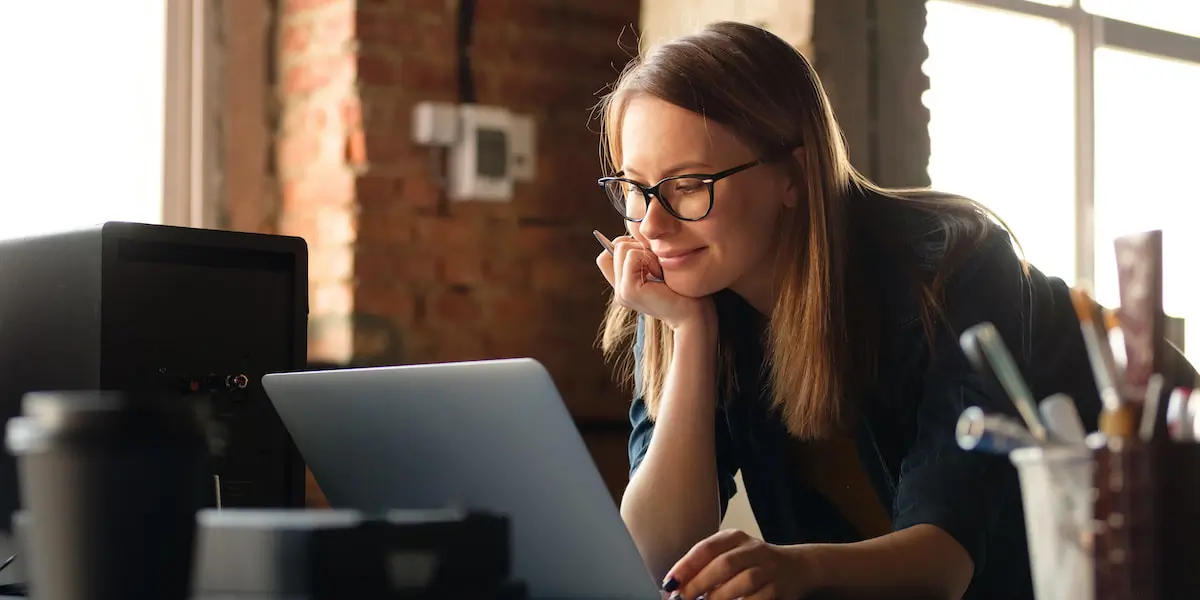
The Product Designer Career Path: How To Grow In Product Design
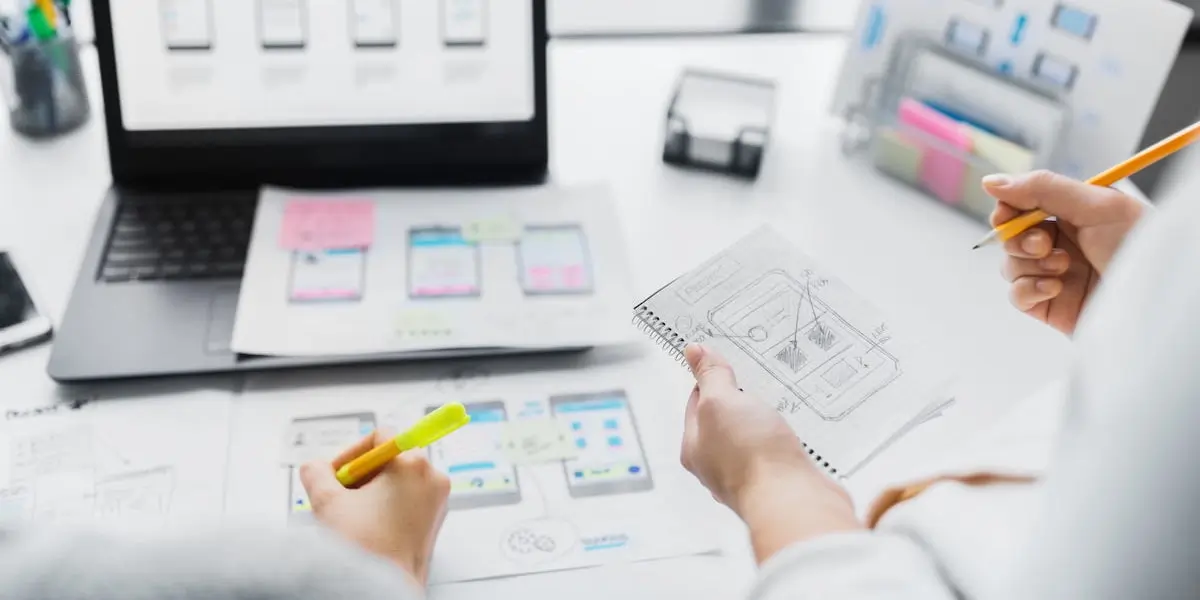
A Guide to Data-Driven Design

The Top 10 Product Design Interview Questions (And Answers)
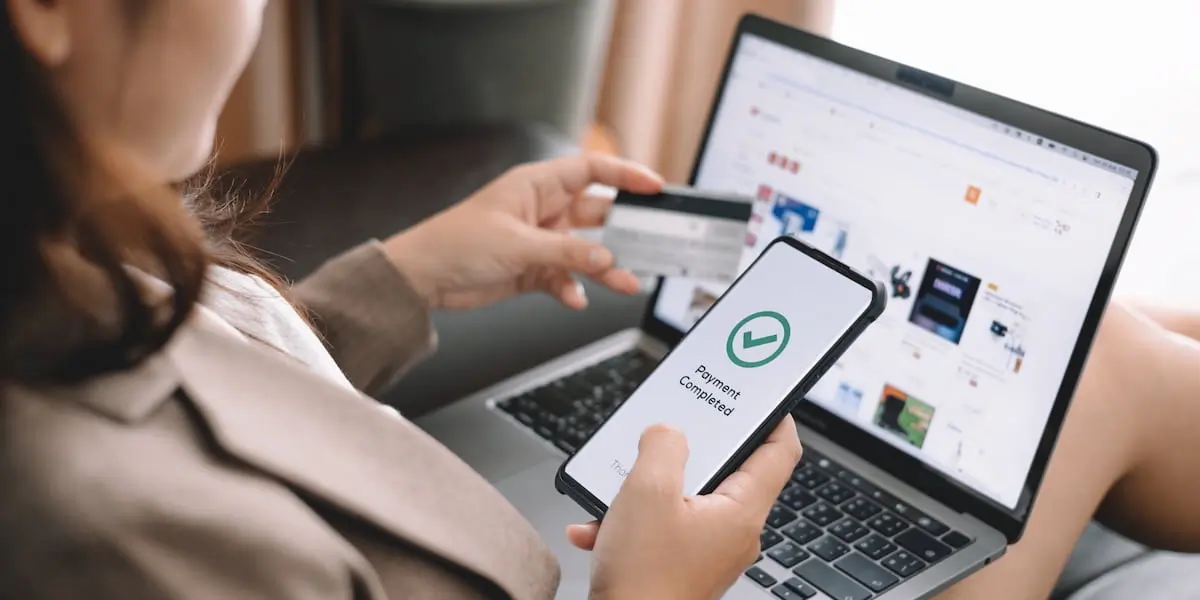
9 of the Best Product Design Examples

Product Design Resume Guide: 13 Examples to Inspire You
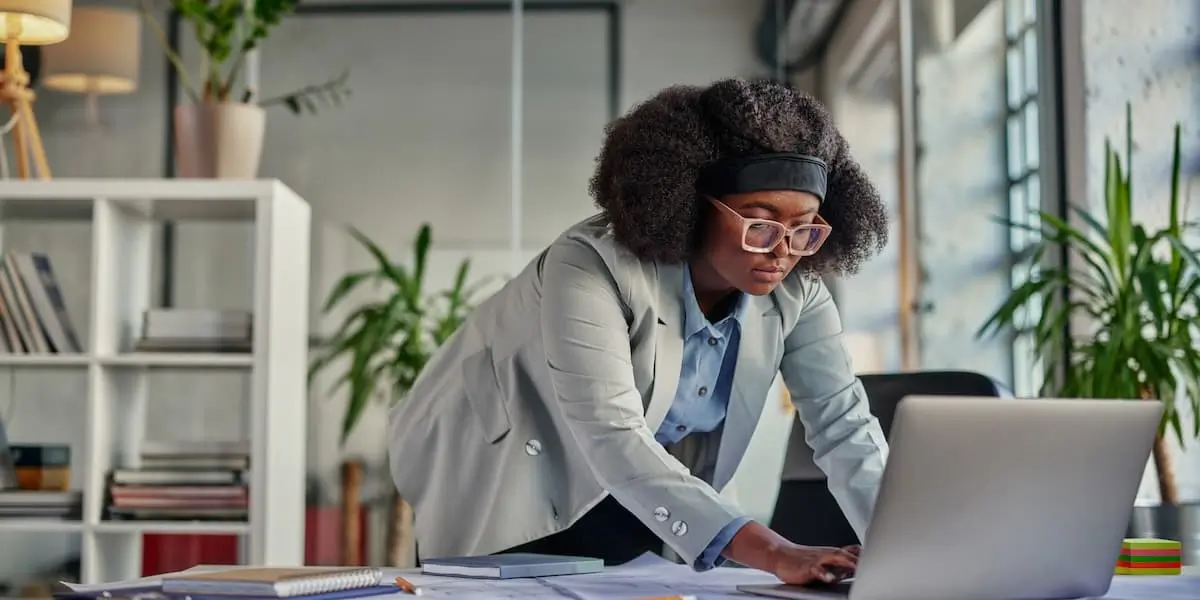
10 Awesome Product Design Portfolios To Learn From
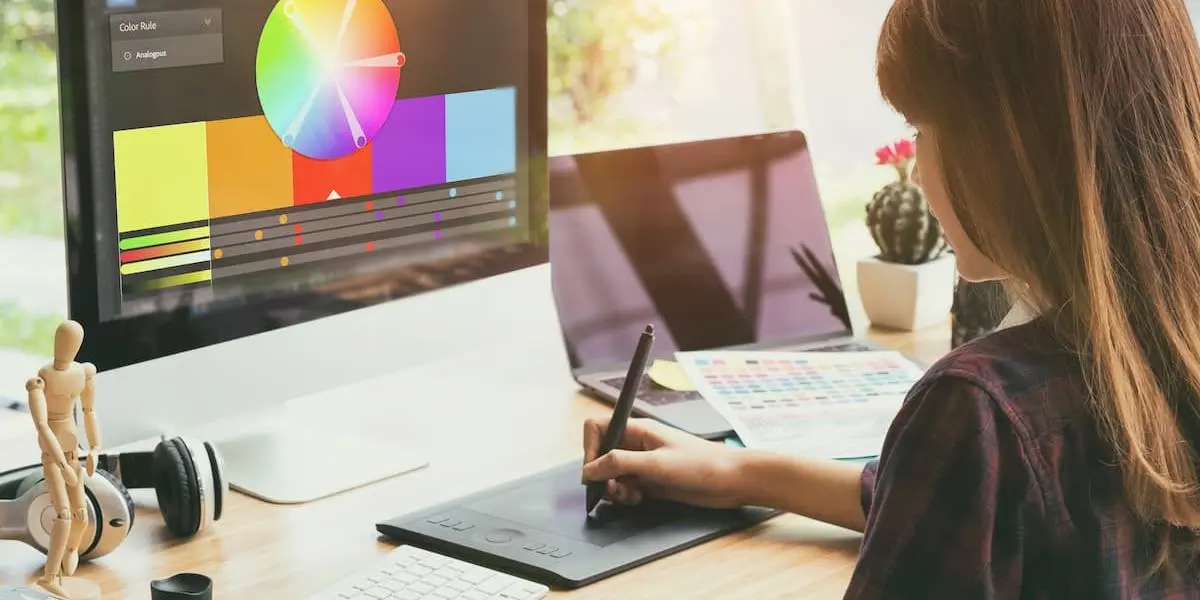
Using AI for Product Design: The Complete Guide
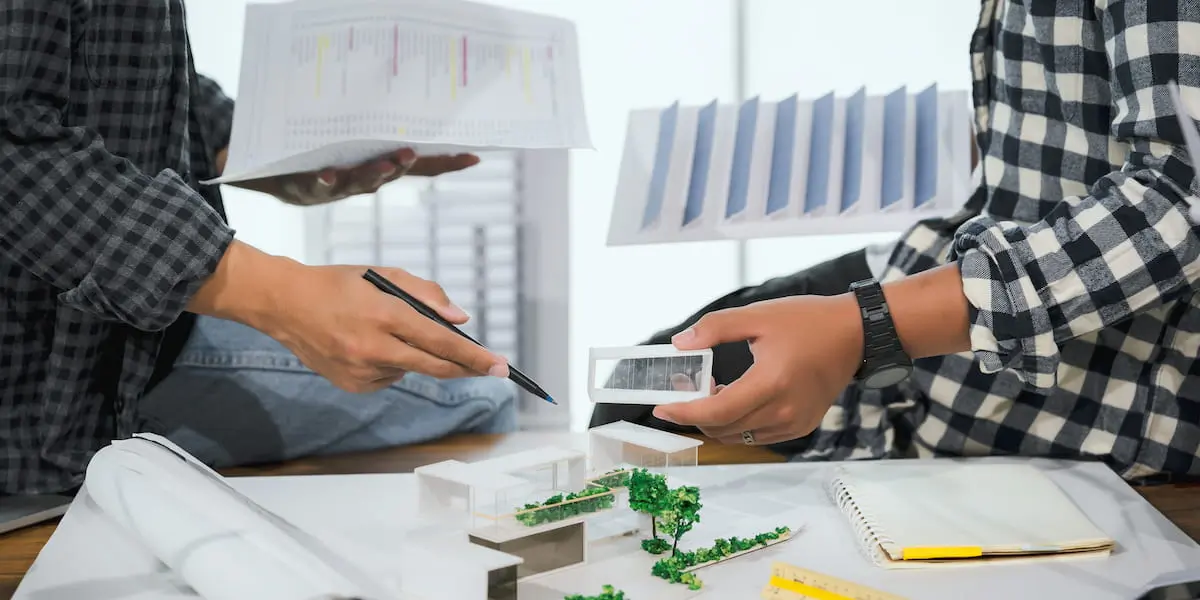
What Is Sustainable Product Design?
Read more articles >

How Sara Became a UX Designer at the BBC With CareerFoundry
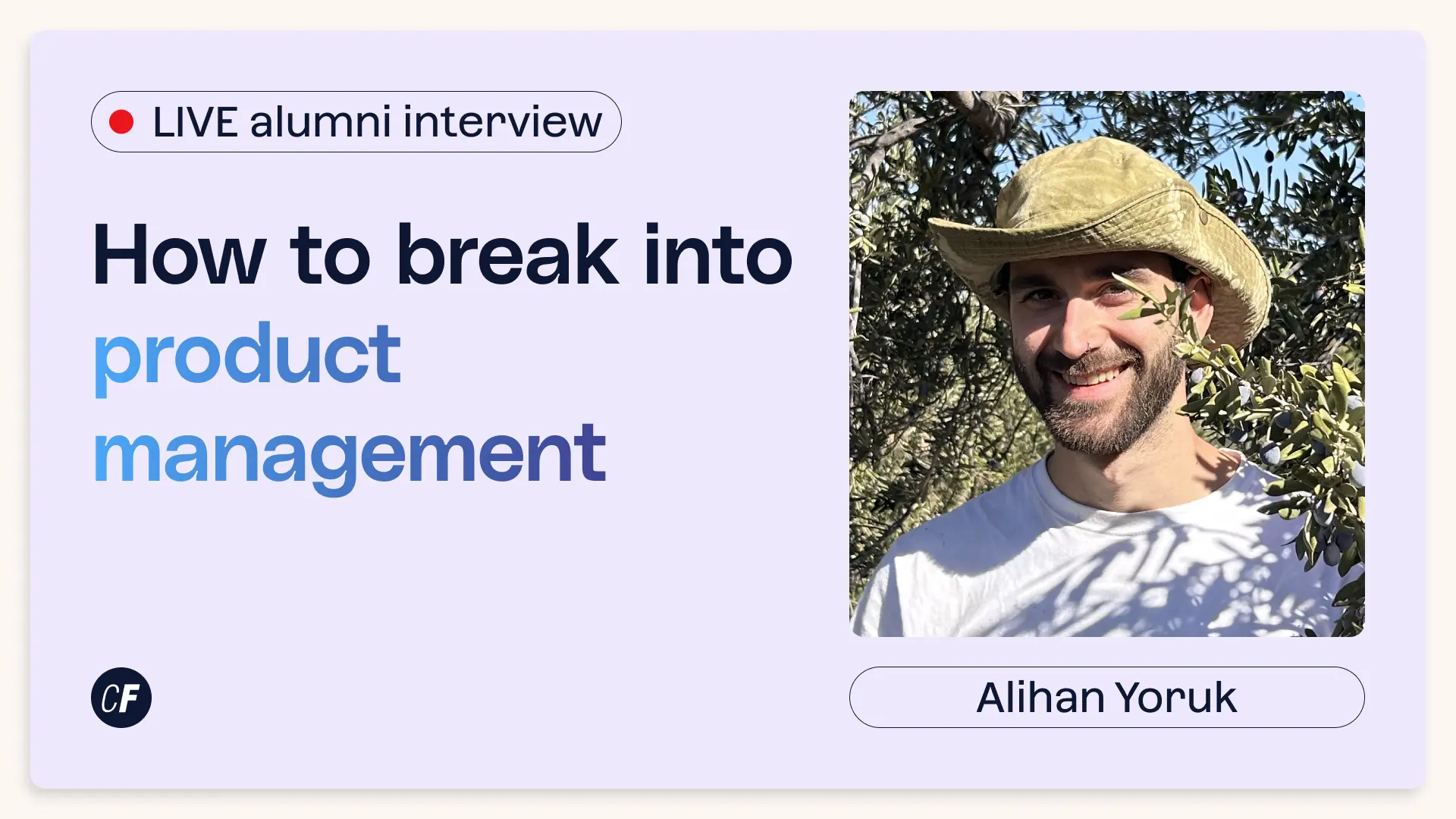
How to Break into Product Management: A Career Change Guide
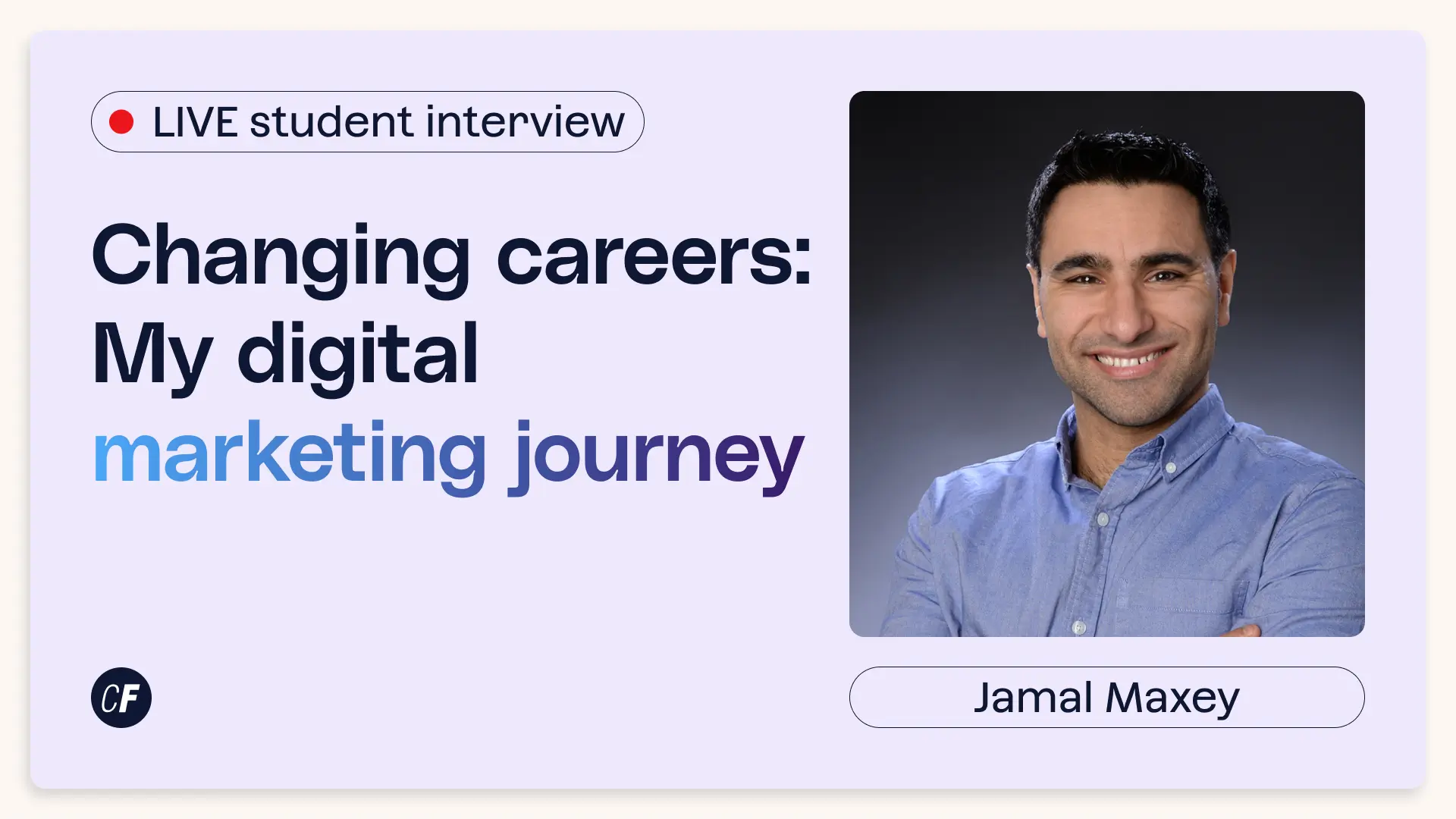
How to Start a Digital Marketing Career: A Student Success Story with CareerFoundry
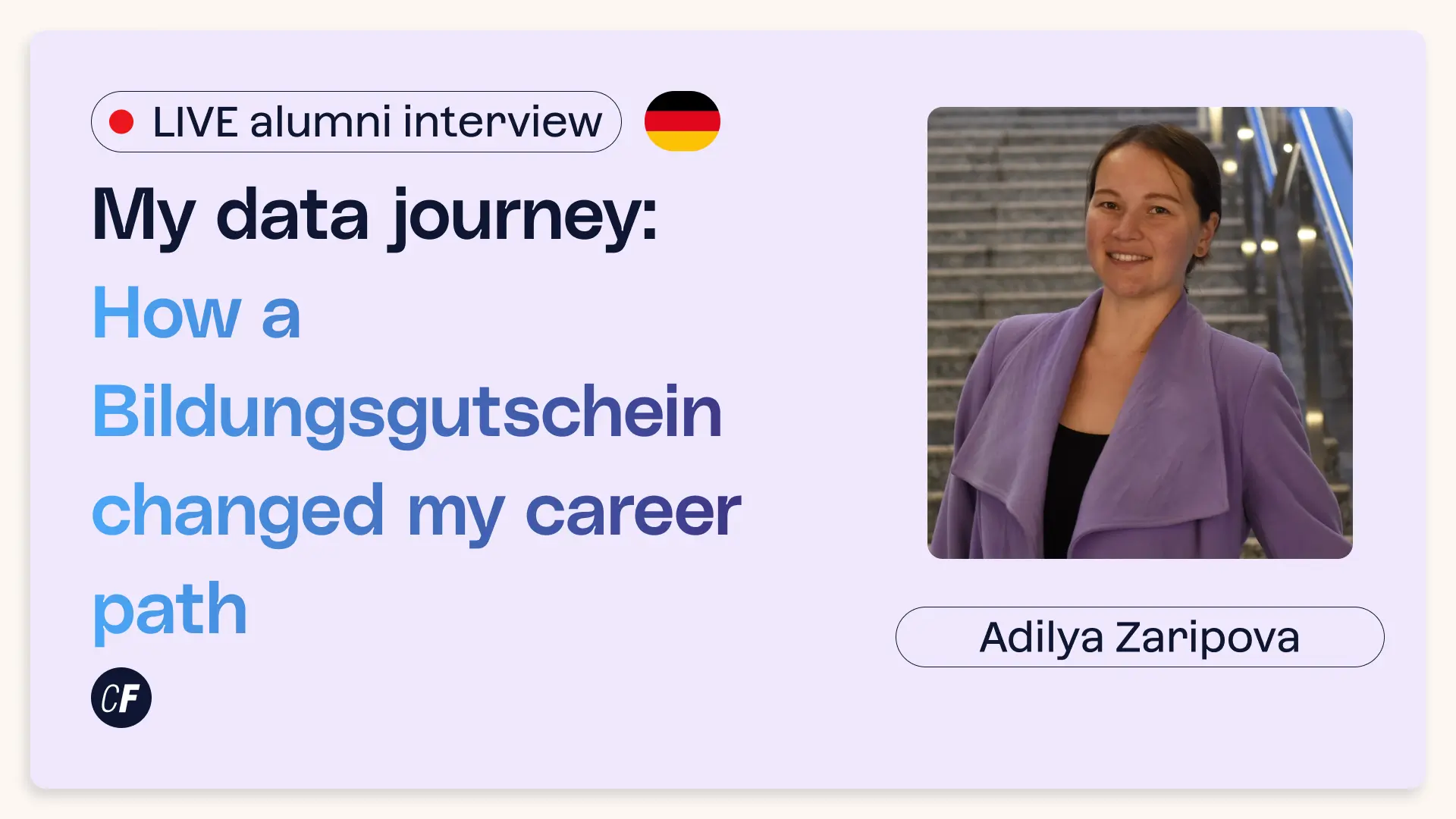
Career Change with a Bildungsgutschein: How Adi Became a Data Analyst for Free
Read more articles >

How to Break into Product Management: A Career Change Guide

How to Start a Digital Marketing Career: A Student Success Story with CareerFoundry

Career Change with a Bildungsgutschein: How Adi Became a Data Analyst for Free
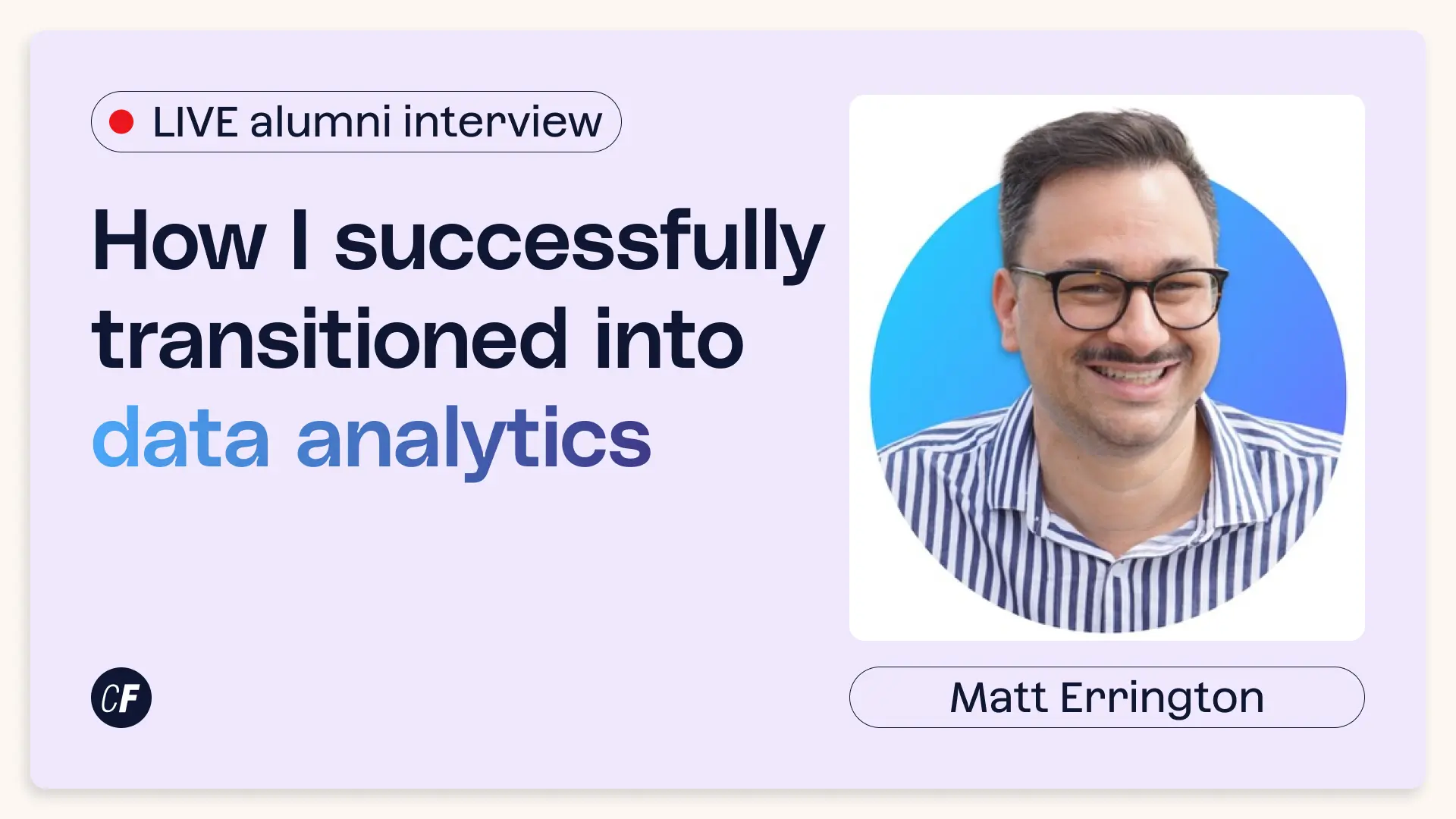
How CareerFoundry Helped a Historian Transition into Data Analytics
Read more articles >

